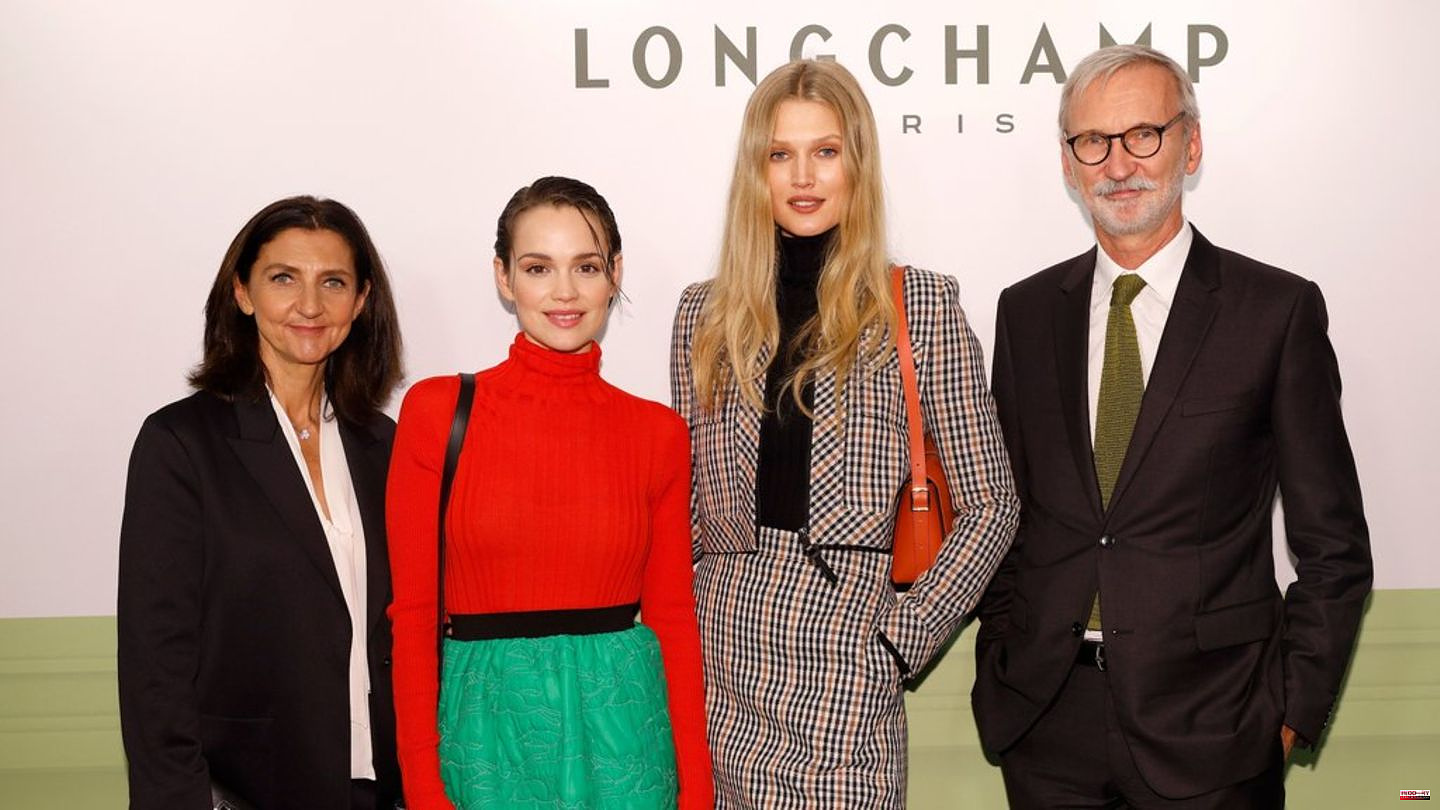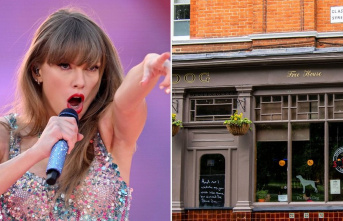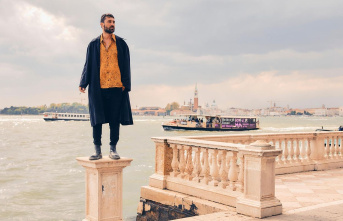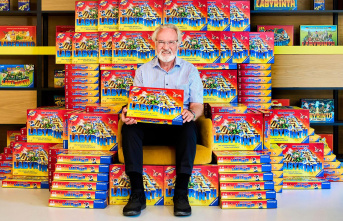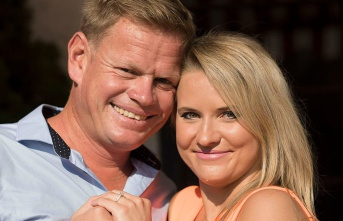German consumers buy around 60 pieces of clothing every year. According to the Federal Ministry for the Environment, 40 percent of the clothing is never or only rarely worn and often ends up in the garbage. Sustainability is therefore also the order of the day for many in fashion. "We have a responsibility to the next generation," says model Papis Loveday (45) at the opening of the new Longchamp flagship store in Munich. "The most important thing is to reduce fast fashion. People often buy and buy and wear the pieces only once. The things are then often made of plastic, come from cheap production and usually don't last long."
The alternative? "When I buy something, I go for high quality and I'm happy to spend more money on it. I take good care of things and bring them in for repairs. For example, I have shoes in my closet that are 18 years old," he says Loveday. Presenter Victoria Swarovski (29) even has an older piece of clothing in her closet: "A frog-green Chanel blazer from my great-grandmother, which is certainly over 50 years old. It's totally en vogue again now and I'm always asked where I got it from have."
Emilia Schüle (29) also finds it important to rethink one's own consumer behavior more and more. "I notice myself that I'm becoming more and more aware of my purchases," says the actress. "When I worked in Paris last year, I became a real vintage shopping fan. You can find an Italian cashmere sweater for five euros there, for example. I also bought a beautiful leather jacket - I like wearing leather, especially vintage products."
Sustainability is also high on the agenda at Longchamp. Since 2022, the entire "Le Pliage" collection has been made from recycled polyamide. When it comes to leather, the brand attaches great importance to high animal welfare standards and only uses leather from animals that are primarily intended for consumption. Longchamp hopes that by using the durable material, leather bags will be repaired and passed on to the next generation.
Even with model and presenter Rebecca Mir (30), clothes are circulated in the family: "I try to wear everything for a long time. If I don't like something anymore, my little sister is happy about it." While cleaning out the closet, she recently found items "that I've had since I was 16 or 17."
Model Sara Nuru (33) prefers the motto "less is more" when shopping. "I generally don't shop a lot. I know my closet very well and I know what I own. When I buy something new, I consciously make sure that it goes with my existing closet. Also, I don't follow trends, I prefer to build on them classic basics that you can easily combine with each other."
That's how it is with model Mandy Bork (34): "It's particularly important to me to buy parts that I'll really have my whole life. I've just bought a blazer that I'm sure about: I'll wear it I will still be in 20 years." She pays more and more attention to the fact that the clothes she buys are produced sustainably. But it is important to "find the balance": "If you buy something that is not 100 percent sustainably produced, then it should at least be something that you will wear for many years." Bork herself has a cashmere sweater in her closet that she bought 13 years ago: "I take good care of it and take it to the dry cleaner every few months. The sweater is still great."
Model Toni Garrn (30), actor David Schütter (31), actress Lilly Krug (21), model Alena Gerber (33), Lilly zu Sayn-Wittgenstein (50), TV Presenter Rabea Schif (44), actress Taneshia Abt (34), actress Gizem Emre (27) and many more.

